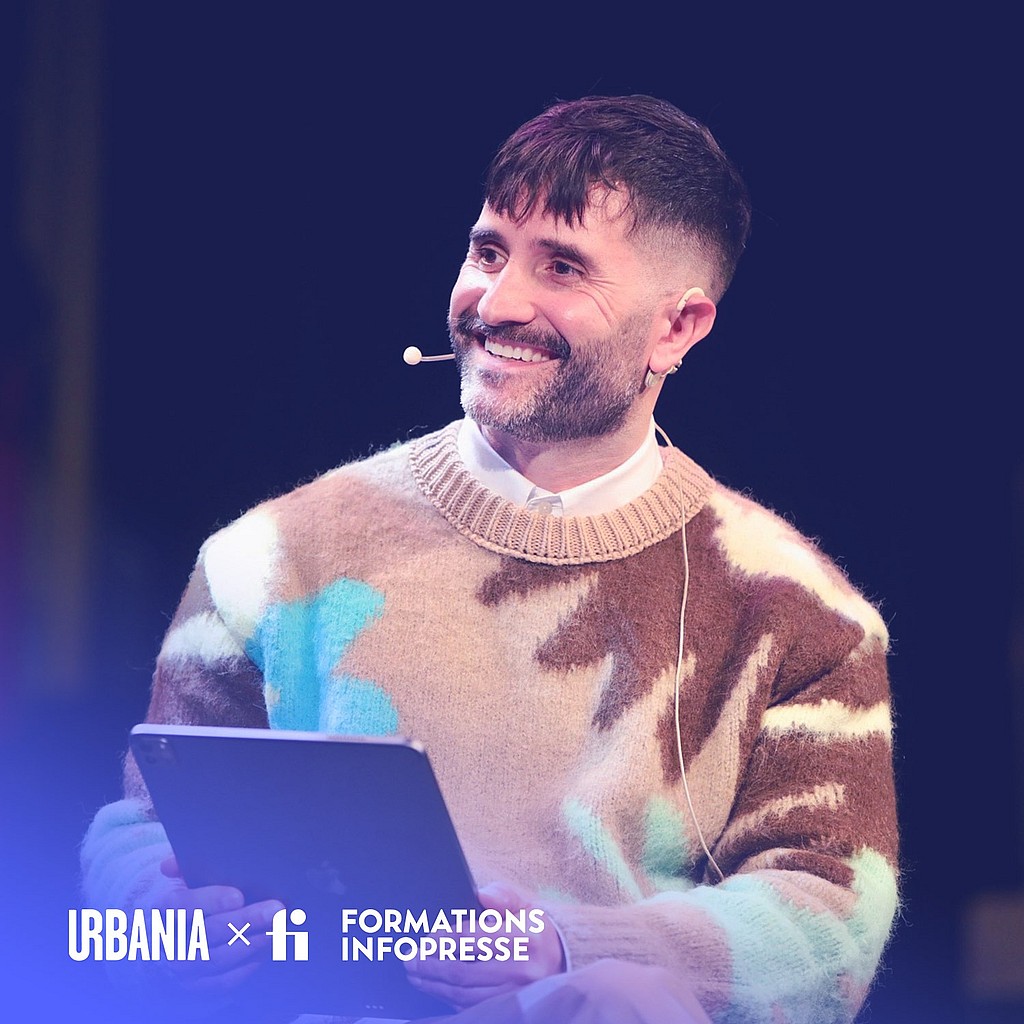Essentials for creating powerful stories and engaging your audience
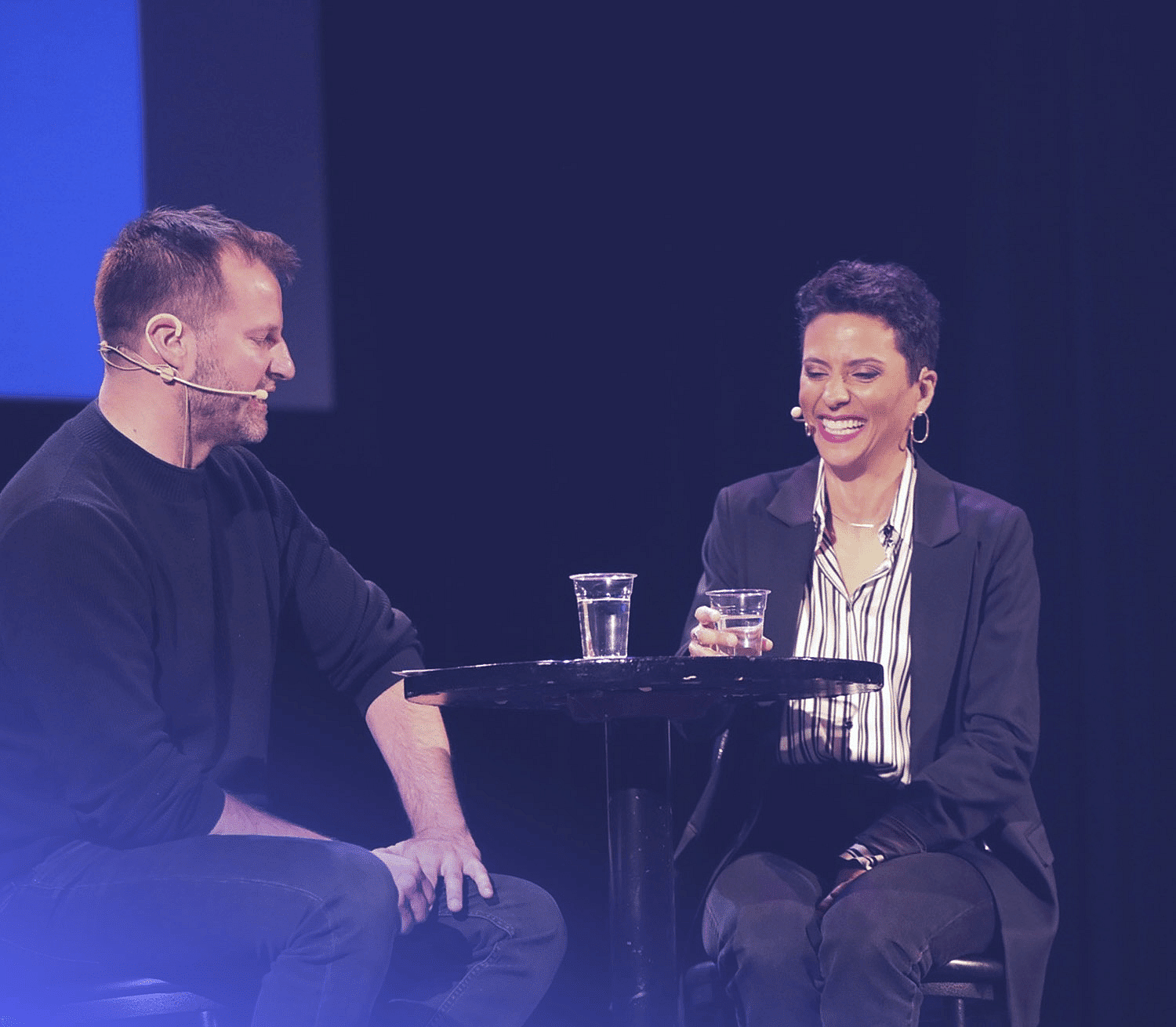
Looking back at the 2023 Content Creation Summit: a series of notes and musings.
Last Wednesday, May 17, was not only the International Day Against Homophobia, Transphobia and Biphobia, but also the very first edition of the 2023 Content Creation Summit co-presented by Formation Infopresse and Urbania Media. I had the chance to attend some very enriching conversations at a time when brands need to tell good stories – content being the new currency in a context of collective thinking, the attention economy and the emergence of new platforms.
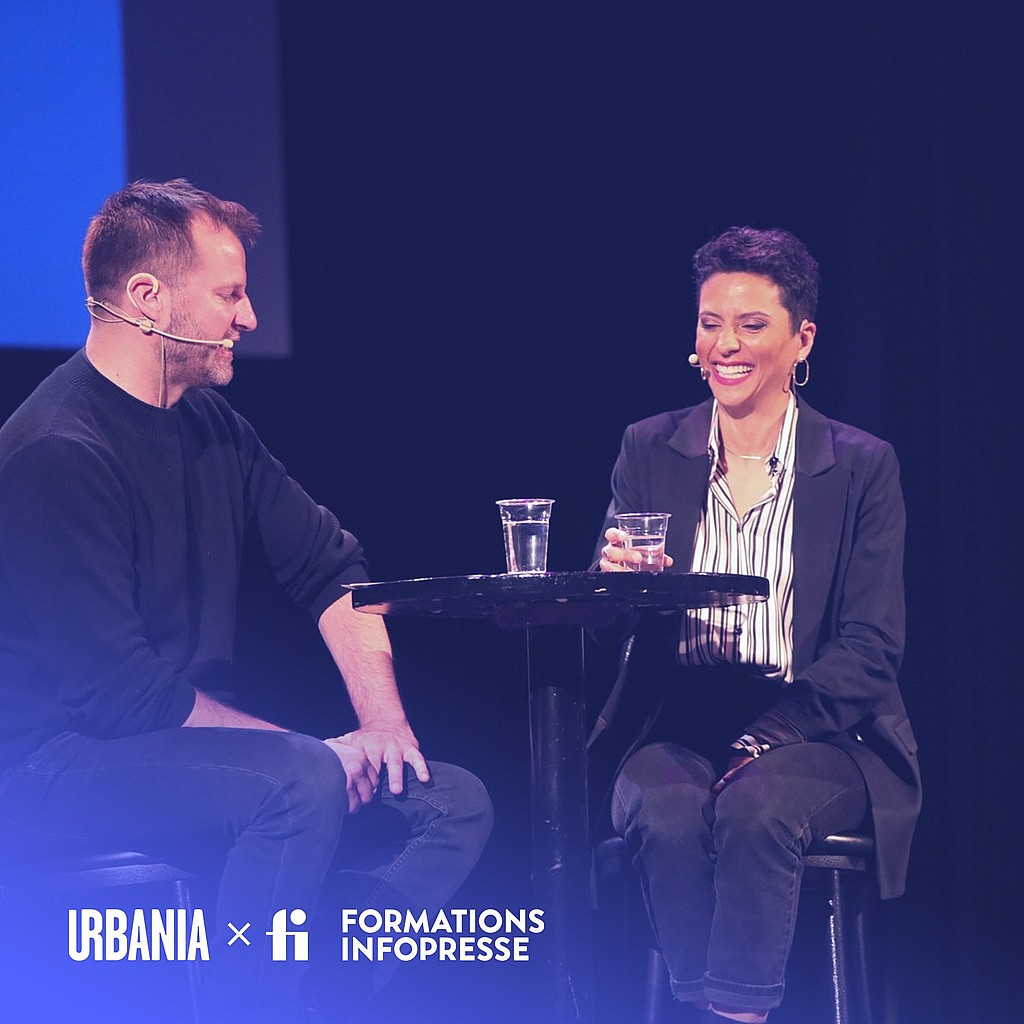
Storytelling: a profession
Whether it comes from Annabel Soutar – Creative Director of Productions Porte-Parole, Noémi Mercier – journalist and host, Joannie Couture – Social Media and Communications Manager at the STM or Thierry Bruyère-l’Abbé – Communications and Social Media Advisor at the STM, telling a story is a full-time job. Here are a few key points from the discussions that took place on the Club Soda stage on this subject:
- Telling a story is more than just sharing random anecdotal evidence: a story has to have social resonance. It has to be in tune with the times, making a clearer path for it, capturing the challenges, concerns and aspirations of our society. Hence the importance of addressing themes such as diversity, inclusion, mental health and environmental responsibility. As such, resonant storytelling provides a fresh and original perspective. It can challenge preconceived notions, broaden our horizons and encourage empathy through active listening. Such a story can also inspire action and engage individuals in causes important to the collective well-being.
- Good stories draw on contexts or realities that we haven’t really bothered to dig into for many reasons: as Ms. Soutar mentioned, let’s not worry about mainstream headlines, let’s avoid the gaze of the cultural/social elite and instead get our hands dirty looking for conflict and complexity that is truly relevant to all our audiences.
- Terrain work is crucial: it is the awakening of all our senses, our heart, our emotions in relation to ourselves and others… In short, it is the quality of our presence, as Ms. Mercier so well brought out, that makes us forget ourselves and our anxieties in order to be imbued with what our interviewee shares with us. To be fully in the service of telling a story, one must first “be in one’s little corner with one’s notebook, being forgotten.”
- Content and form must balance each other: yes, it is difficult. Let’s not forget, however, that it often takes just enough context to understand that the story being told is there to talk about this or that issue, through the narrative, without the need to put in a ton of statistics and indicators. It’s all in the mix! We must then trust the strength of the stories we have in our hands. They often speak for themselves, so there’s no need to add too much fluff. With the little attention span we can commandeer from our audiences, let’s bring it back to its essence, to emotion. It is the intensity of the observation that counts. Thanks to Ms. Mercier for her expression “Get in late, get out early,” which will definitely be part of my lexicon from now on.
- We need to understand where we are going: if we think we can land on any social platform, especially a new one, and get any message across to an audience, we need to think again. The solution lies in joining the community. After all, the essence of these social platforms, at their core, is their social fabric (or should be). According to the STM speakers at the Summit, in the case of TikTok, it’s all about joining the conversation, “feeling the pulse” and taking a chance on an entertaining approach, without further weighing down or saturating the conversation. We have to be willing to be imperfect, to insert ourselves into conversations without overworking our messages, to be flexible and, most importantly, to “test, test, test.” The best KPI is actually qualitative, which is the conversation itself.
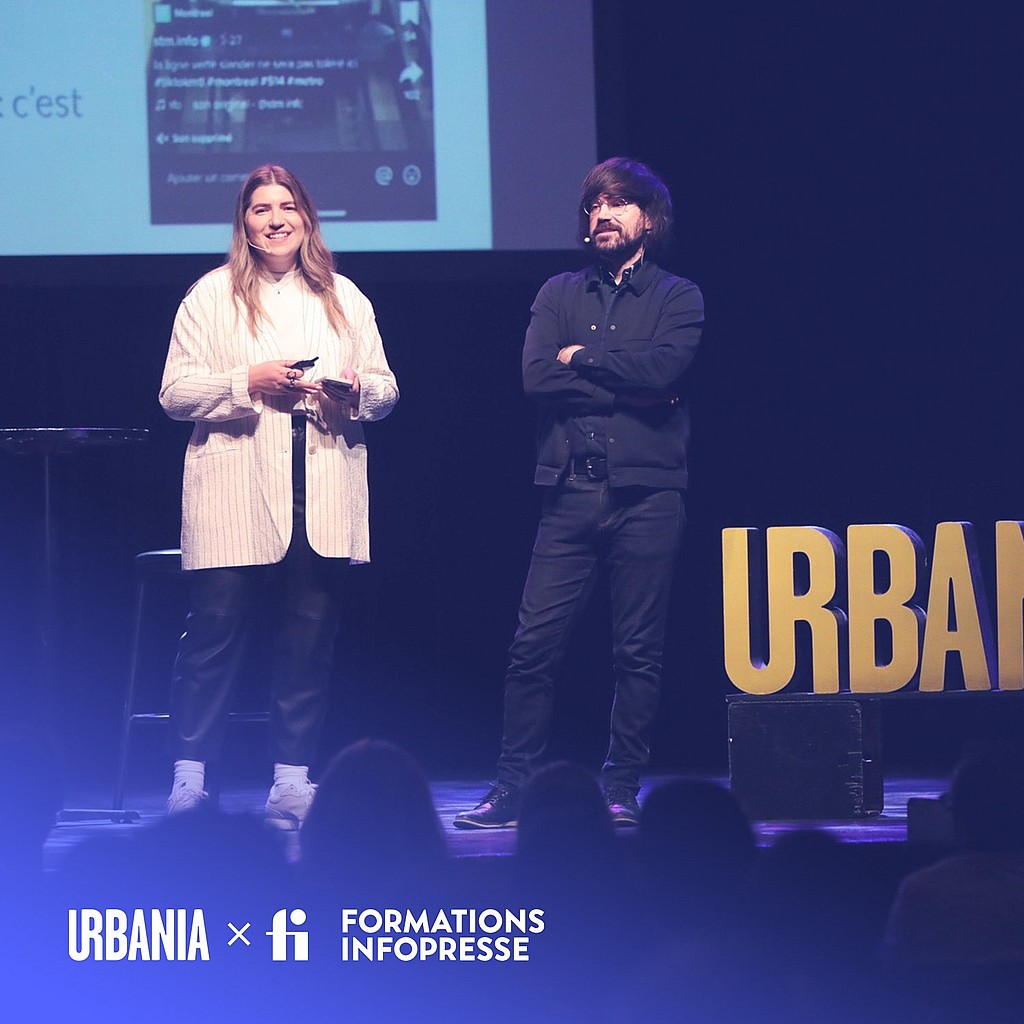
“The brain has been responding to quite a few of the same things for hundreds of years.”
While information platforms and the way we consume information are changing rapidly, Yannick Pinel – Director of Innovation at Radio-Canada, suggests that our brains are treading water in terms of how we receive information. When we consider this in our storytelling, we have something to hold onto. Here are some tips to keep in mind from Mr. Pinel’s conference:
- Strong emotion must be used wisely: even if we denounce all that is bias, fake news, clickbait and the like, it is possible for us to use shock to make our audiences experience emotions while serving the public interest. Again, it’s all about the balance between content and form and the need to create an echo in the social sphere. Even with the best headline or lead-in, if we don’t meet these conditions, engagement will not happen. In the same vein, if we serve the public interest, but our hook doesn’t bring anything to life for our audience, it’s pointless. “We’re on a highway, in a car, and on the sides, there are thousands of hitchhikers trying to get on, and we can only get one on.”
- Attention is drawn to change: in general, the brain is in routine mode. If a message disrupts this state via a story that brings something new or different, our attention will be called upon, reactivating our attention.
- Intention and emotion are essential in a story: never underestimate the purpose of our content piece or the value of the intended impacts. This emotion includes the truth of the story, but also the tone and personality of the creator in the collective thinking to which he or she leads us.
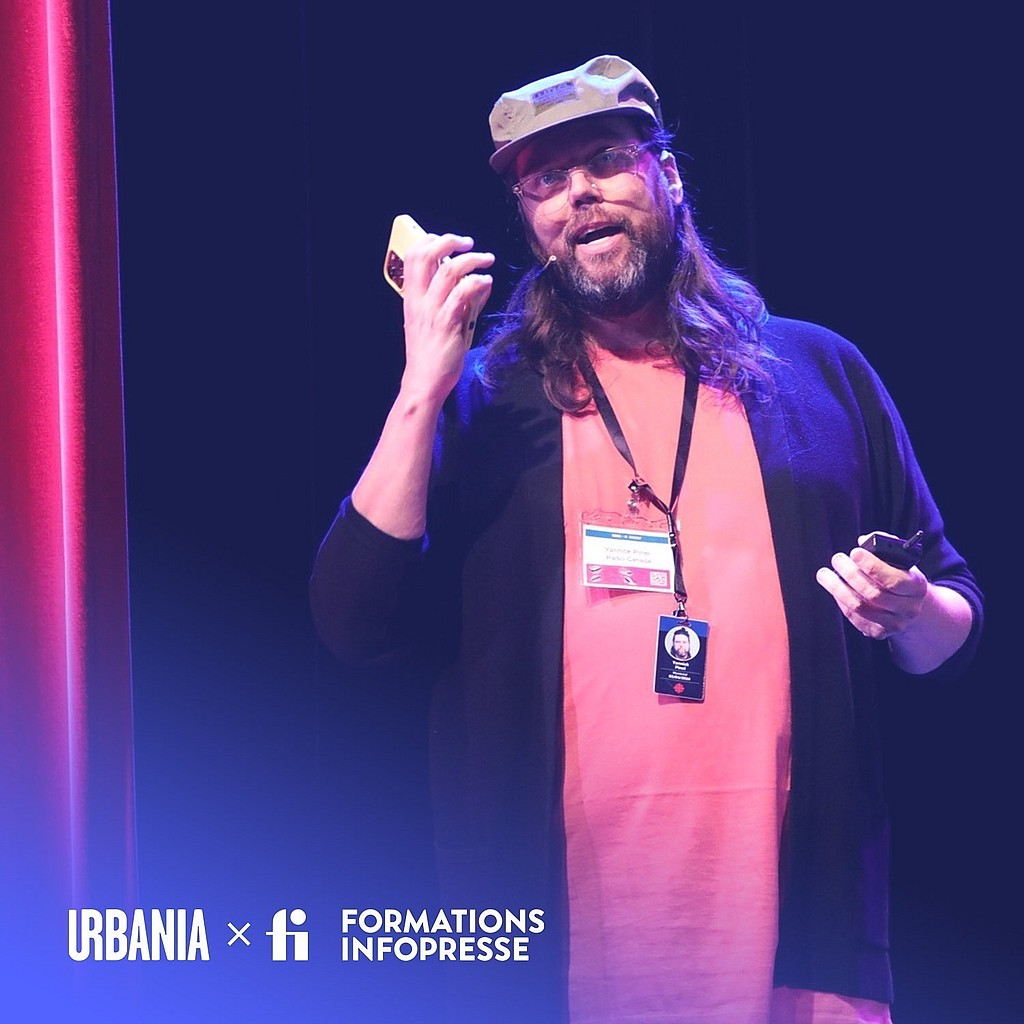
“Always favor the story, in its quality, rather than the product.”
Along the same lines, let’s get a creative’s perspective next. Yes, beautiful art direction is always appealing. However, according to Harold Beaulieu, Creative Director at Urbania, the following points are hard to beat:
- Good casting: let’s go for real life and uniqueness that enriches the story by offering diversity and different ways for people to see themselves in the story. Taking the time to choose your protagonists well is key!
- Engagement through authenticity: let’s create that feeling of a special and memorable encounter.
- Engagement through openness: let’s keep in mind that there are constantly new ideas and unfamiliar situations that can emerge from the conversation, whether it’s between our brands and their audiences or in the media, and it’s important to let them go.
- Engagement via boldness: the sum of the previous two, so to speak. “If you’re afraid to hit the send button, that’s a good sign” – Philippe Lamarre, Founder of Urbania.
- A single message: let’s have a good time, via a pleasant editorial line, but especially via a single message. Mr. Beaulieu strongly advises us to ask ourselves the question: when we remove the logo, when we ignore the commercial objective behind our content, does it deserve to exist? Is the message behind the story clear enough, or do we feel too much (or no) intent?
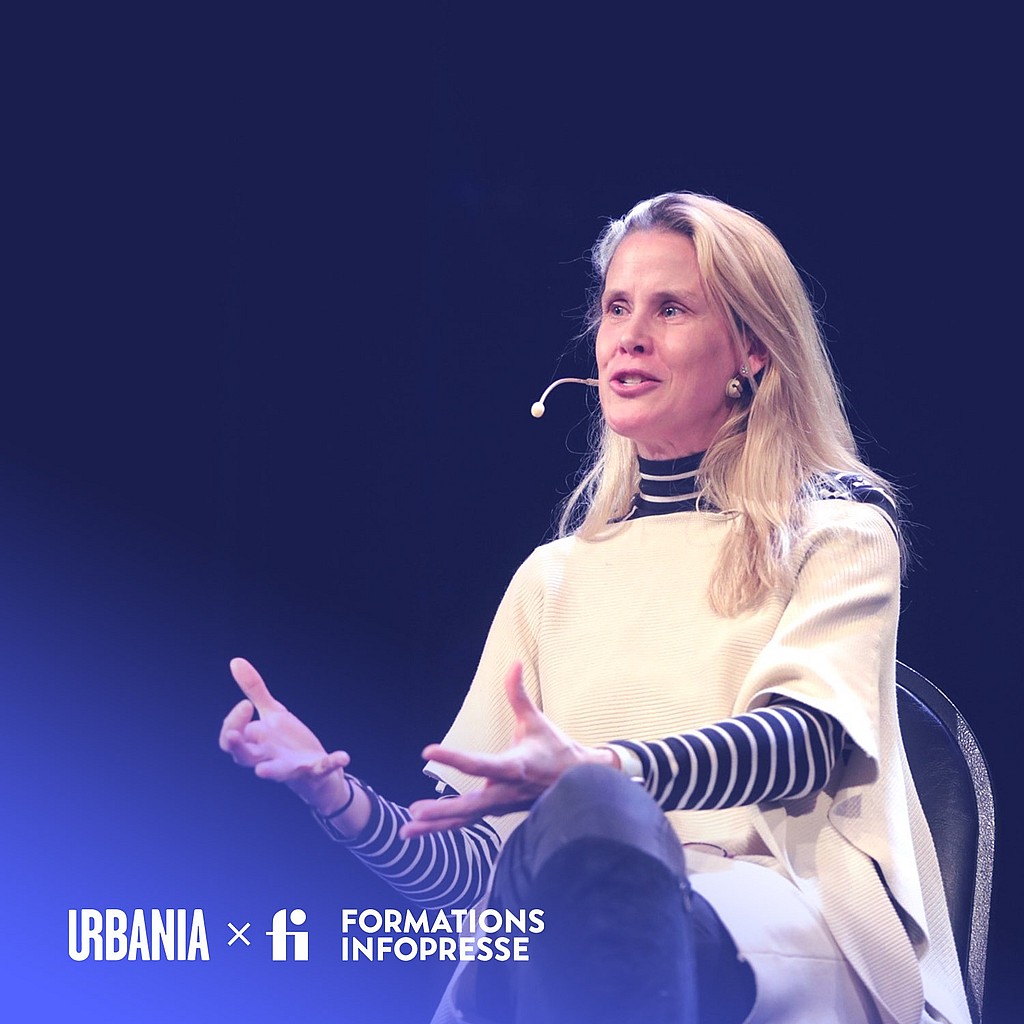
In summary
With these tips from the inspiring conferences I attended, I hope I could give you a little help in creating stories through content that captivates, engages and leaves a lasting impression on your various audiences.
That being said, maybe you already have a content strategy in place. Maybe you’ve tackled blog posts, newsletters, social media, TikTok even! But maybe you need a more solid content plan, an effective editorial calendar or clearer content marketing goals.
Don’t worry, Toast is never far away.
As I write this article, I’ve only been with the team for a few months and I can already say with certainty that we have a particular experience when it comes to brand storytelling strategy and content production. Whether it’s through workshops in content strategy or ContentOps, in the development of editorial strategies, in the coaching towards the actual execution of these strategies or in video/audio/written production of our combined ideas, we are there to support you.
But what’s even more interesting is that it’s not that complicated, you just need to get started and involve your content team to work on the strategy itself, beyond the tactics.
So, jump in!
